-
 Electrodes are a vital component in many industries, including welding, metal smelting, and electricЧитать далее
Electrodes are a vital component in many industries, including welding, metal smelting, and electricЧитать далее -
 Welding Rods Electrodes E6013 A Guide to Understanding and Using Welding is a crucial process in vaЧитать далее
Welding Rods Electrodes E6013 A Guide to Understanding and Using Welding is a crucial process in vaЧитать далее -
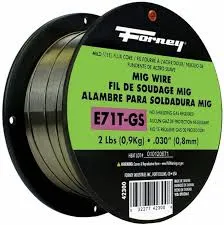 In an increasingly competitive environment, some contractors in the structural steel industry are converting from stick welding (SMAW) to self-shielded flux-cored welding (FCAW) as one way to improve productivity and to reduce costs. Stick welding has traditionally been the process used on jobsites for major infrastructure jobs, as it is a familiar process to many welding operators, it offers mobility since shielding gas cylinders and a wire feeder are not required.In recent years, significant technology advancements in both equipment and filler metals have made the self-shielded FCAW process a more viable option for contractors — one that offers higher productivity, and can save time and money in labor. Self-shielded FCAW wires are now formulated to be easier to use and to provide better weld quality than ever before, making them more appealing to many contractors. While self-shielded FCAW is a faster process that can offer a competitive edge, to get the best results it is important to understand the characteristics of the most commonly used wires for construction applications, as well as proper welding techniques, in order to get the best results.Читать далее
In an increasingly competitive environment, some contractors in the structural steel industry are converting from stick welding (SMAW) to self-shielded flux-cored welding (FCAW) as one way to improve productivity and to reduce costs. Stick welding has traditionally been the process used on jobsites for major infrastructure jobs, as it is a familiar process to many welding operators, it offers mobility since shielding gas cylinders and a wire feeder are not required.In recent years, significant technology advancements in both equipment and filler metals have made the self-shielded FCAW process a more viable option for contractors — one that offers higher productivity, and can save time and money in labor. Self-shielded FCAW wires are now formulated to be easier to use and to provide better weld quality than ever before, making them more appealing to many contractors. While self-shielded FCAW is a faster process that can offer a competitive edge, to get the best results it is important to understand the characteristics of the most commonly used wires for construction applications, as well as proper welding techniques, in order to get the best results.Читать далее -
 Self-shielded flux-cored welding is a wire welding process in which a continuous hollow wire electrode is fed through the welding gun into the weld joint. It differs from MIG welding in that it doesn’t require an external shielding gas, such as carbon dioxide or argon, to protect the weld pool from contamination. Instead, a flux compound contained within the wire reacts with the welding arc to form a gas that protects the weld pool. Another process, gas-shielded flux-cored welding, does require a shielding gas. It’s often used in heavy-duty industrial fabrication and manufacturing and is not typically recommended for beginner and hobbyist applications.Читать далее
Self-shielded flux-cored welding is a wire welding process in which a continuous hollow wire electrode is fed through the welding gun into the weld joint. It differs from MIG welding in that it doesn’t require an external shielding gas, such as carbon dioxide or argon, to protect the weld pool from contamination. Instead, a flux compound contained within the wire reacts with the welding arc to form a gas that protects the weld pool. Another process, gas-shielded flux-cored welding, does require a shielding gas. It’s often used in heavy-duty industrial fabrication and manufacturing and is not typically recommended for beginner and hobbyist applications.Читать далее -
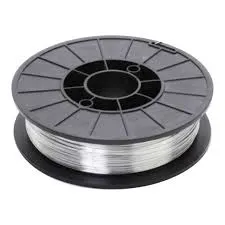 Flux-cored arc welding (FCAW) is a versatile and highly efficient welding process that plays an important role in manufacturing, construction, and various industrial applications. FCAW utilizes a continuously fed tubular electrode wire with a flux core. This flux core serves a dual purpose: it generates a shielding gas to protect the weld from atmospheric contamination and acts as a source of flux, which provides additional deoxidizers and alloying elements to enhance the quality and strength of the weld. This process can be performed with or without external shielding gas, depending on the specific type of FCAW used.Читать далее
Flux-cored arc welding (FCAW) is a versatile and highly efficient welding process that plays an important role in manufacturing, construction, and various industrial applications. FCAW utilizes a continuously fed tubular electrode wire with a flux core. This flux core serves a dual purpose: it generates a shielding gas to protect the weld from atmospheric contamination and acts as a source of flux, which provides additional deoxidizers and alloying elements to enhance the quality and strength of the weld. This process can be performed with or without external shielding gas, depending on the specific type of FCAW used.Читать далее -
 Are you thinking about a career in industrial welding or welding engineering technology? Whether you want to enter the welding industry as a capable technician or are simply looking to update your skill set, a welding engineering technology program will help you meet these professional goals.Welding requires a specific set of skills, knowledge, experience, and talent. Though there are many welding processes, Flux-Cored Arc Welding (FCAW) is a particularly popular method used throughout the field. Listed below, you’ll find everything you need to know about the flux-cored arc welding process.Flux-cored arc welding or FCAW, as it is popularly referred to, is one of the most productive manuals or semi-automatic welding processes.First introduced in the 1950’s as an alternative to manual metal arc welding or stick welding, flux-cored arc welding has since become the preferred welding mechanism for various applications across industry segments.Читать далее
Are you thinking about a career in industrial welding or welding engineering technology? Whether you want to enter the welding industry as a capable technician or are simply looking to update your skill set, a welding engineering technology program will help you meet these professional goals.Welding requires a specific set of skills, knowledge, experience, and talent. Though there are many welding processes, Flux-Cored Arc Welding (FCAW) is a particularly popular method used throughout the field. Listed below, you’ll find everything you need to know about the flux-cored arc welding process.Flux-cored arc welding or FCAW, as it is popularly referred to, is one of the most productive manuals or semi-automatic welding processes.First introduced in the 1950’s as an alternative to manual metal arc welding or stick welding, flux-cored arc welding has since become the preferred welding mechanism for various applications across industry segments.Читать далее -
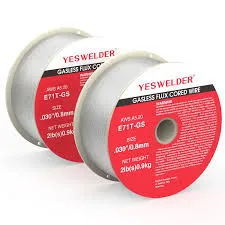 If you are pursuing welding as a new career or are already a seasoned welding technician looking to upgrade your skillset, learning flux core arc welding (FCAW) is an excellent idea. One of the most popular among the many welding processes, flux core welding tends to be highly productive and economical.First developed a few years after World War II, flux core welding offered an alternative to manual metal arc welding, better known as stick welding. Its primary advantage over stick welding is its continuously fed wire electrode. And there are other benefits to the FCAW method. Read on to discover them.Читать далее
If you are pursuing welding as a new career or are already a seasoned welding technician looking to upgrade your skillset, learning flux core arc welding (FCAW) is an excellent idea. One of the most popular among the many welding processes, flux core welding tends to be highly productive and economical.First developed a few years after World War II, flux core welding offered an alternative to manual metal arc welding, better known as stick welding. Its primary advantage over stick welding is its continuously fed wire electrode. And there are other benefits to the FCAW method. Read on to discover them.Читать далее -
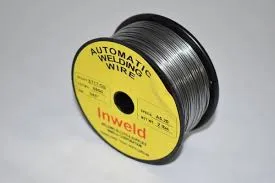 Welding is a vital process in various industries, enabling the fusion of metals to create strong and durable joints. Among the many factors that contribute to a successful welding, the choice of welding wire plays a crucial role. Solid wire and cored wire are two popular options used in welding applications, each with its distinct advantages and drawbacks. In this blog post, we will delve into the dissimilarities between solid wire and cored wire, shedding light on when and where to use them.Читать далее
Welding is a vital process in various industries, enabling the fusion of metals to create strong and durable joints. Among the many factors that contribute to a successful welding, the choice of welding wire plays a crucial role. Solid wire and cored wire are two popular options used in welding applications, each with its distinct advantages and drawbacks. In this blog post, we will delve into the dissimilarities between solid wire and cored wire, shedding light on when and where to use them.Читать далее -
 Every welder wants to save time and money, but no one wants to compromise on the quality of a weld. Losing a client or job over a faulty weld is the last thing most welders want. Perhaps one of the best ways to save money and time on your welding projects is to consider the best applications for flux cored welding wire for MIG welding applications.When it comes to MIG welding, welders typically need to use a shielding gas in order to protect the weld pool from contamination. Certain metals require different shielding gases. Steel uses CO2, but thin steel uses a mixture of 75% Argon / 25% CO2. Argon alone is used for aluminum.In the case of flux cored welding wires, a shielding gas is not necessary since the flux inside of the wire produces a shielding gas when it melts in the weld pool. This can save on both time and overhead cost.Читать далее
Every welder wants to save time and money, but no one wants to compromise on the quality of a weld. Losing a client or job over a faulty weld is the last thing most welders want. Perhaps one of the best ways to save money and time on your welding projects is to consider the best applications for flux cored welding wire for MIG welding applications.When it comes to MIG welding, welders typically need to use a shielding gas in order to protect the weld pool from contamination. Certain metals require different shielding gases. Steel uses CO2, but thin steel uses a mixture of 75% Argon / 25% CO2. Argon alone is used for aluminum.In the case of flux cored welding wires, a shielding gas is not necessary since the flux inside of the wire produces a shielding gas when it melts in the weld pool. This can save on both time and overhead cost.Читать далее -
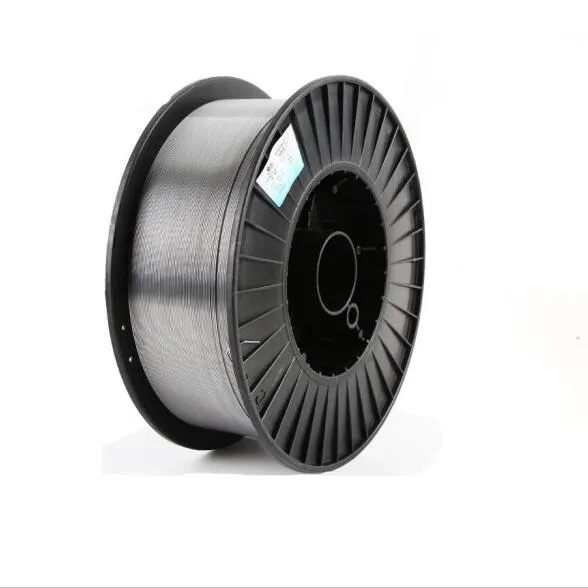 Flux-cored arc welding is an expansive process with many wire types: gas-shielded, self-shielded, all-position, in-position, carbon steel, HSLA steel, stainless steel, and more. If you ever feel overwhelmed by the sheer number of flux-cored wires in the welding marketplace, consider turning to AWS or CWB filler metal specifications. Often, these technical documents have electrode classification systems that help you compare products and descriptions of the intended uses of certain wire classifications.Читать далее
Flux-cored arc welding is an expansive process with many wire types: gas-shielded, self-shielded, all-position, in-position, carbon steel, HSLA steel, stainless steel, and more. If you ever feel overwhelmed by the sheer number of flux-cored wires in the welding marketplace, consider turning to AWS or CWB filler metal specifications. Often, these technical documents have electrode classification systems that help you compare products and descriptions of the intended uses of certain wire classifications.Читать далее -
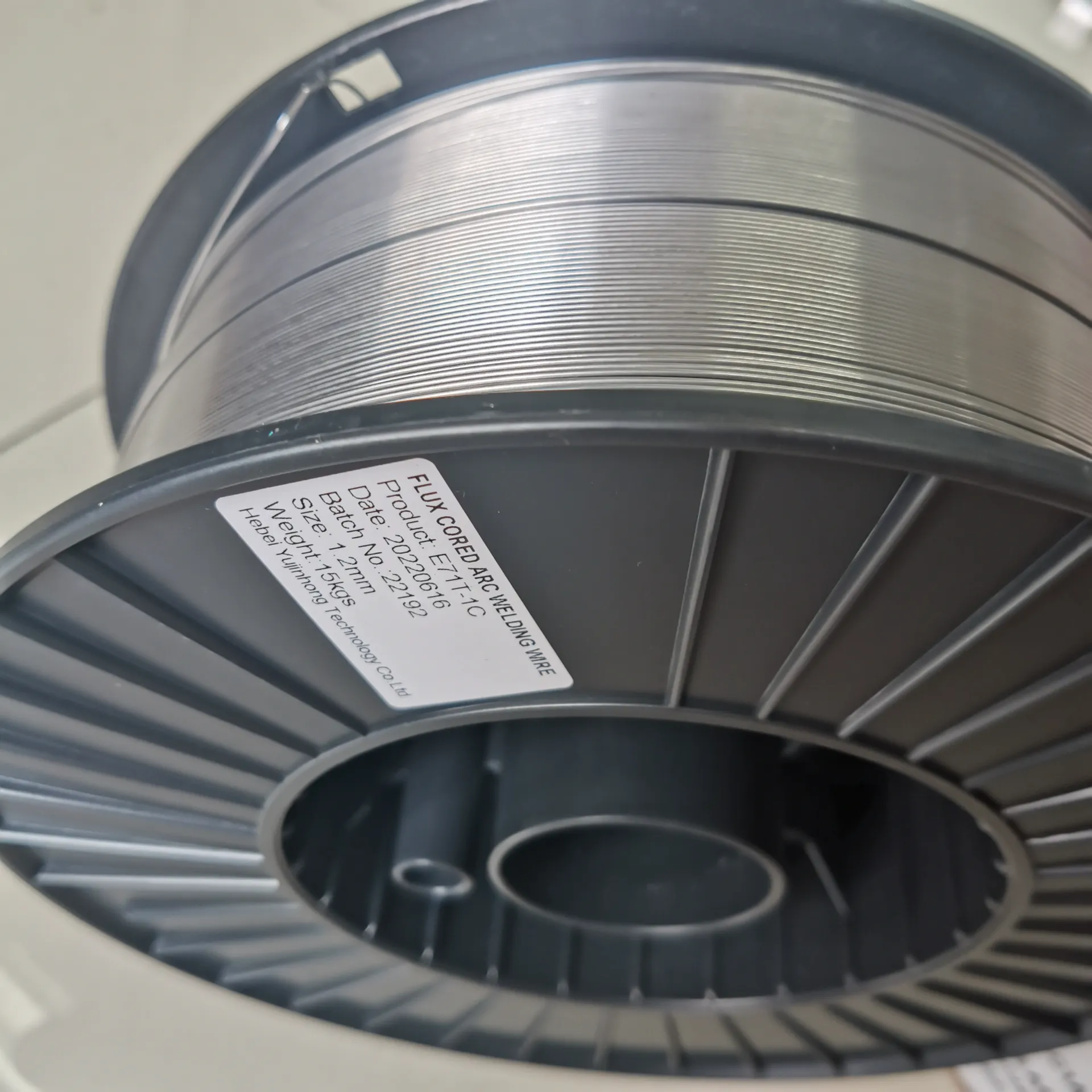 Flux-Cored Arc Welding (FCAW) utilizes a continuously-fed tubular electrode, electrical power to melt the electrode, and may or may not use shielding gas from an externally supplied source when depositing material in the weld joint. The flux-cored electrode is a composite tubular filler metal consisting of a metal sheath with a core of mineral compounds and powdered metals. The resulting weld bead is covered by a residual slag (melted and solidified flux) which helps to protect and shape the finished weld, and is generally easily removed upon completion of the weld. Flux Cored Welding combines the high productivity of MIG welding using a solid electrode with the ability to weld on more contaminated base material. When compared with MIG welding, higher deposition rates are possible, especially when welding out of position.Читать далее
Flux-Cored Arc Welding (FCAW) utilizes a continuously-fed tubular electrode, electrical power to melt the electrode, and may or may not use shielding gas from an externally supplied source when depositing material in the weld joint. The flux-cored electrode is a composite tubular filler metal consisting of a metal sheath with a core of mineral compounds and powdered metals. The resulting weld bead is covered by a residual slag (melted and solidified flux) which helps to protect and shape the finished weld, and is generally easily removed upon completion of the weld. Flux Cored Welding combines the high productivity of MIG welding using a solid electrode with the ability to weld on more contaminated base material. When compared with MIG welding, higher deposition rates are possible, especially when welding out of position.Читать далее -
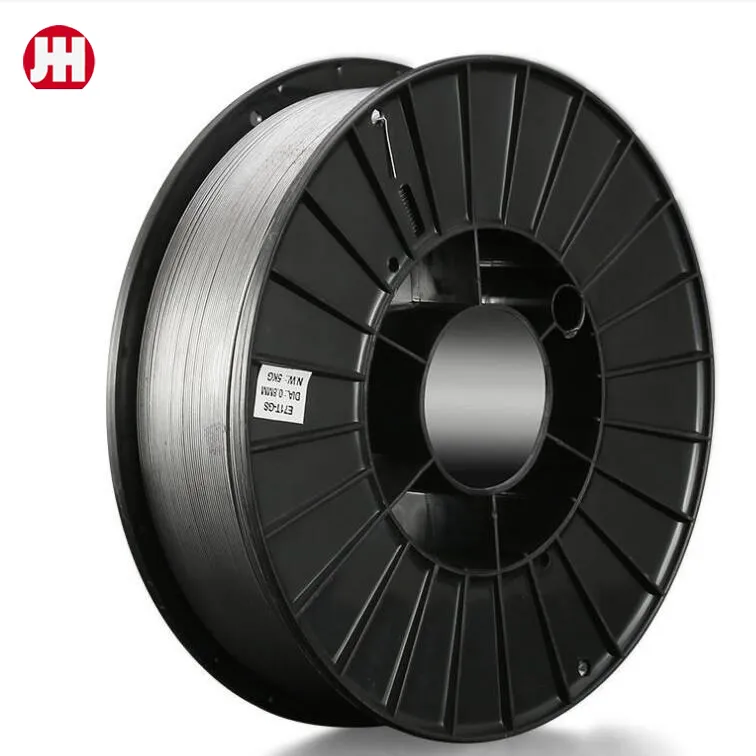 Have you wondered, "What is flux core welding?" or "What is a flux core welder?" Flux core welding, also known as flux-cored arc welding (FCAW), is a type of welding that uses a continuous hollow wire electrode to meld metals and other materials together. Flux core welding is suitable for materials contaminated with dirt and rust, making it ideal for outdoor and contaminated environments.There are two types of flux-cored arc welding: gas-shielded and self-shielded. Gas-shielded FCAW is similar to gas metal arc welding (GMAW), while self-shielded FCAW does not require an external shielding gas.FCAW is commonly used in the construction industry due to its high welding speed, portability and ability to be used outdoors. Flux core welding has advantages such as increased mobility, high deposition rate and versatility, but also has disadvantages such as fumes, cleanup and higher equipment costs.Keep reading to learn more about flux core welding basics and processes.Читать далее
Have you wondered, "What is flux core welding?" or "What is a flux core welder?" Flux core welding, also known as flux-cored arc welding (FCAW), is a type of welding that uses a continuous hollow wire electrode to meld metals and other materials together. Flux core welding is suitable for materials contaminated with dirt and rust, making it ideal for outdoor and contaminated environments.There are two types of flux-cored arc welding: gas-shielded and self-shielded. Gas-shielded FCAW is similar to gas metal arc welding (GMAW), while self-shielded FCAW does not require an external shielding gas.FCAW is commonly used in the construction industry due to its high welding speed, portability and ability to be used outdoors. Flux core welding has advantages such as increased mobility, high deposition rate and versatility, but also has disadvantages such as fumes, cleanup and higher equipment costs.Keep reading to learn more about flux core welding basics and processes.Читать далее


